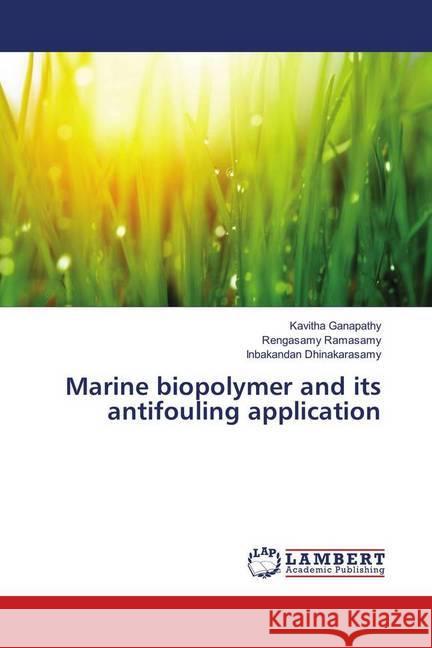Marine biopolymer and its antifouling application » książka
Marine biopolymer and its antifouling application
ISBN-13: 9786139913411 / Angielski / Miękka / 2018 / 52 str.
In the marine environment, struggle for living space is extreme and all surfaces living or innate are liable to fouling. Micro and macro organisms commonly adhere to natural or man-made aquatic surfaces and form sessile multicellular communities identified as biofilms. The number of natural products sequestered from marine organisms can be utilized as replacements for chemicals. Many potential antifouling compounds have been isolated from sponges, corals, algae, ascidians, sea grasses, sea star, bacteria and fungi. Biopolymers such as polyesters and polysaccharides are one of the most important classes of biomaterials, which play a major role in our everyday life. Polyhydroxyalkanoates have benefits over synthetic plastics due to their biodegradability to water and carbon dioxide by various microorganisms such as bacteria, actinobacteria and gives the opportunity of production from renewable sources. Biopolymer is a well-known biomaterial that has potential applications in almost all sectors of the economy. Polyhydroxybutyrate (PHB) is the one of the best-considered derivatives of PHA. The development of reliable, nontoxic and eco-friendly methods is need of the hour.











